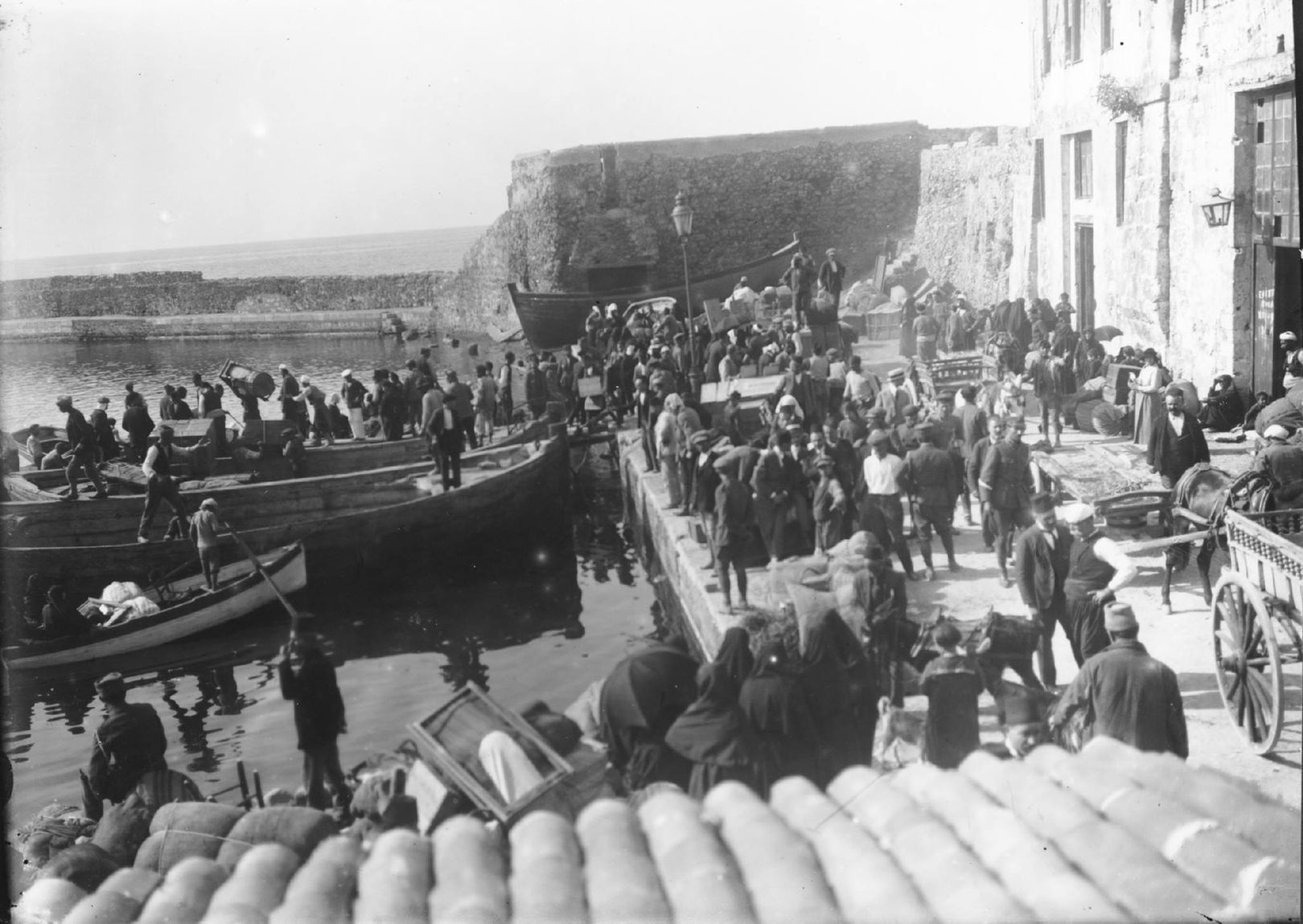The language of the Cretan Muslims
City
Migration Period
Date
Category
Full Description
Maria Tsirimonaki, a researcher and writer who has produced a considerable body of work on Rethymno, writes in the book entitled Those who left, those who came. From Cretan independence to the population exchange: ‘[In 1998, I took] the initiative to communicate with Cretan Turks who left Rethymno with the exchange in 1924 […] I had one specific goal: to become acquainted with the dialect of the Cretan Turks. According to the information I had, the first and second generation have preserved the Cretan dialect as it was spoken in 1924 […]’.
The Cretan Muslims who were exchanged after 1924 and settled in Asia Minor were Greek-speaking. In fact, their native language was the Cretan dialect and they didn’t speak Turkish at all, apart from maybe some phrases during religious practices. When these populations settled in Anatolia, they were deeply affected by the fact that they didn’t speak the local language. Turkey was in the midst of an intense, systematic effort to establish a secular state. Contrary to what was happening in Greece, this secular state was striving to weaken the role of religion as an element of national identity. Therefore, the refugees who arrived in Asia Minor from Greece and were Muslim but Greek-speaking were lacking an important element which was required by the state in order to integrate them into the Turkish nation: language. This had a multitude of consequences, among which was the stigmatisation of these populations.
Nevertheless, their language was preserved and passed down from one generation to the next. It is mostly an oral language. Since Greek state policies mostly rely on the right of blood and ‘Greek origins’ to define Greekness, the state showed no interest in creating educational systems that would keep the language of these Greek-speaking populations alive, as it never recognised them as Greek. As a result, it proved impossible to preserve whatever knowledge they had of the language’s written form when they migrated. They did, however, manage to preserve the language’s oral form.
When Maria Tsirimonaki sought these people out at the end of the 1990s, she managed to find refugees who had left Rethymno when they were children. The narratives they shared with her are rich in information and significance for the history of Rethymno. A few years later, Tsirimonaki published these testimonies in a beautiful volume that she edited herself. However, this entry does not focus on the life stories of these people, who speak of their departure from the island and their resettlement in Anatolia. It focuses on the language which spurred the writer on this research in the first place. The language spoken by the people on the recordings is a dialect no longer spoken in Crete. It is, in itself, evidence of population movement, since it is a dialect that travelled outside the island and remains alive hundreds of kilometres away from the place where it was originally spoken.
For this reason the population exchange is not the main focus of the extracts provided here. They were chosen based on how emotionally involved the informants are with what they are talking about. As they narrate something that evoked powerful feelings or made a strong impression, they share something intensely personal in a language that they have preserved as members of a specific population group: the Cretan Muslims who were exchanged in the 1920s and settled in Anatolia.
This precious material comes from Maria Tsirimonaki’s archive and is reproduced here courtesy of her heirs. The informants heard in the recordings are Hasan, Ali, Fatme and Daseniena, whose life stories are presented in detail in the book. They are four exchangeable refugees who either left Rethymno as children or were born shortly after their family’s resettlement in Turkey. Hasan recalls how impressed he was by a young Christian he had seen in Rethymno when he was a child and tried to remember the lyrics to some children’s songs. Ali describes an accident he had in the depths of a Turkish mine.
Daseniena reproduces an opinion held by her whole family: that the Cretan Muslims who resettled in Turkey had a different culture from the rest of the exchangeable Muslims. Fatme remembers how displeased she was with the way she got married and recalls every single thing her step-mother told her against her marriage. Each of them shares a deeply personal moment in their language, the language of the first generation refugees, which travelled with them across the Aegean Sea and was later aurally preserved by Maria Tsirimonaki, who can also be heard in the recordings as the interviewer.
Bibliography
Maria Tsirimonaki, Those who left, those who came. From Cretan independence to the population exchange, Mitos, Crete 2002.
Athanasia-Marina Tsetlaka, ‘The reverse course: the Muslim refugees’ in A. Liakos (ed.), 1922 and the refugees. A new perspective, Nefeli, Athens 2011, pp. 171-190.
Roula Tsokalidou, ‘The Greek-speaking Cretans of Lebanon and Syria: the survival of a particular ethnic identity’, in A. Ph. Christidis (ed.), Dialect enclaves of the Greek language, Ministry of Education and Centre for the Greek Language, Thessaloniki 1999, pp. 77-81.
